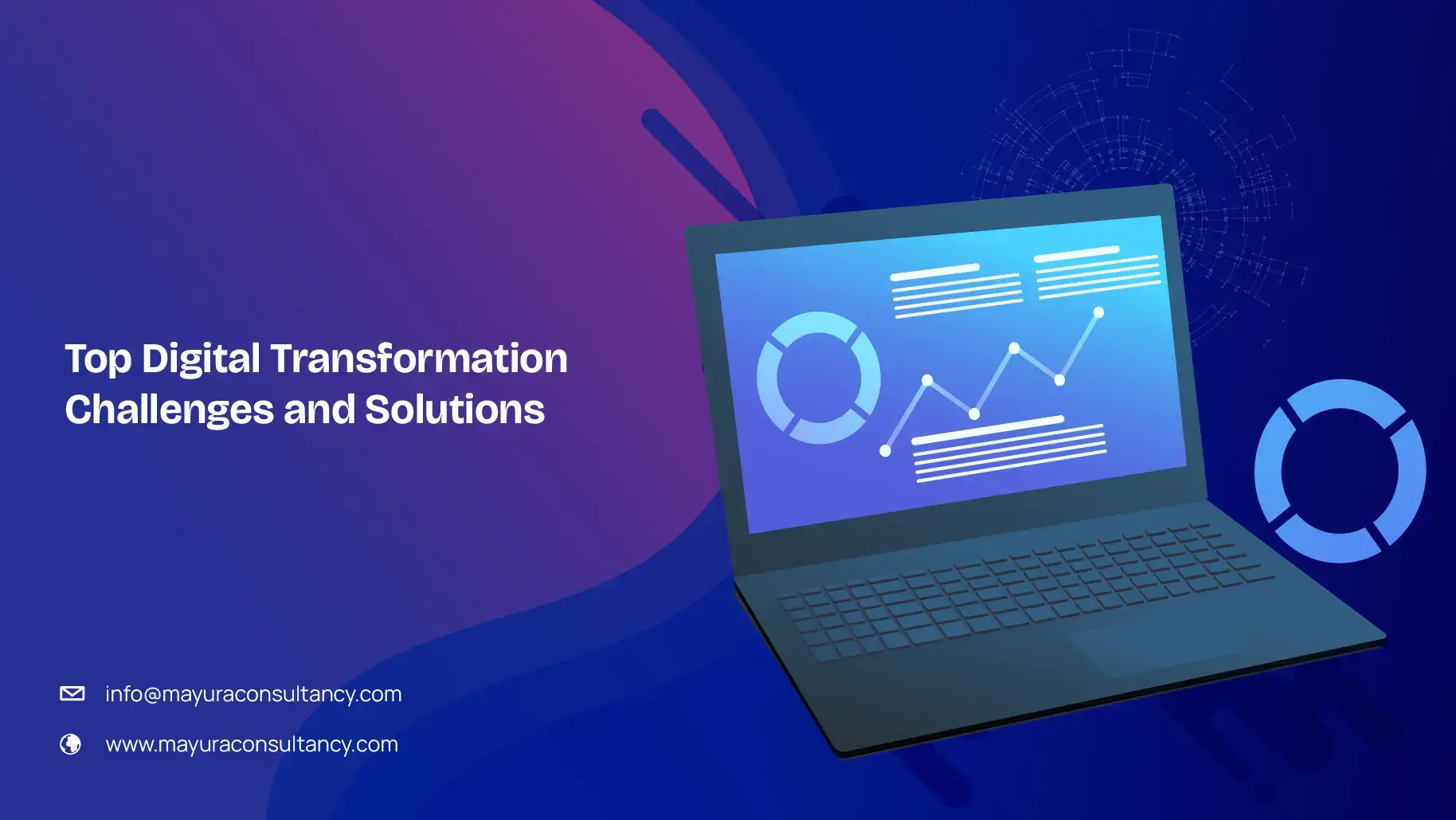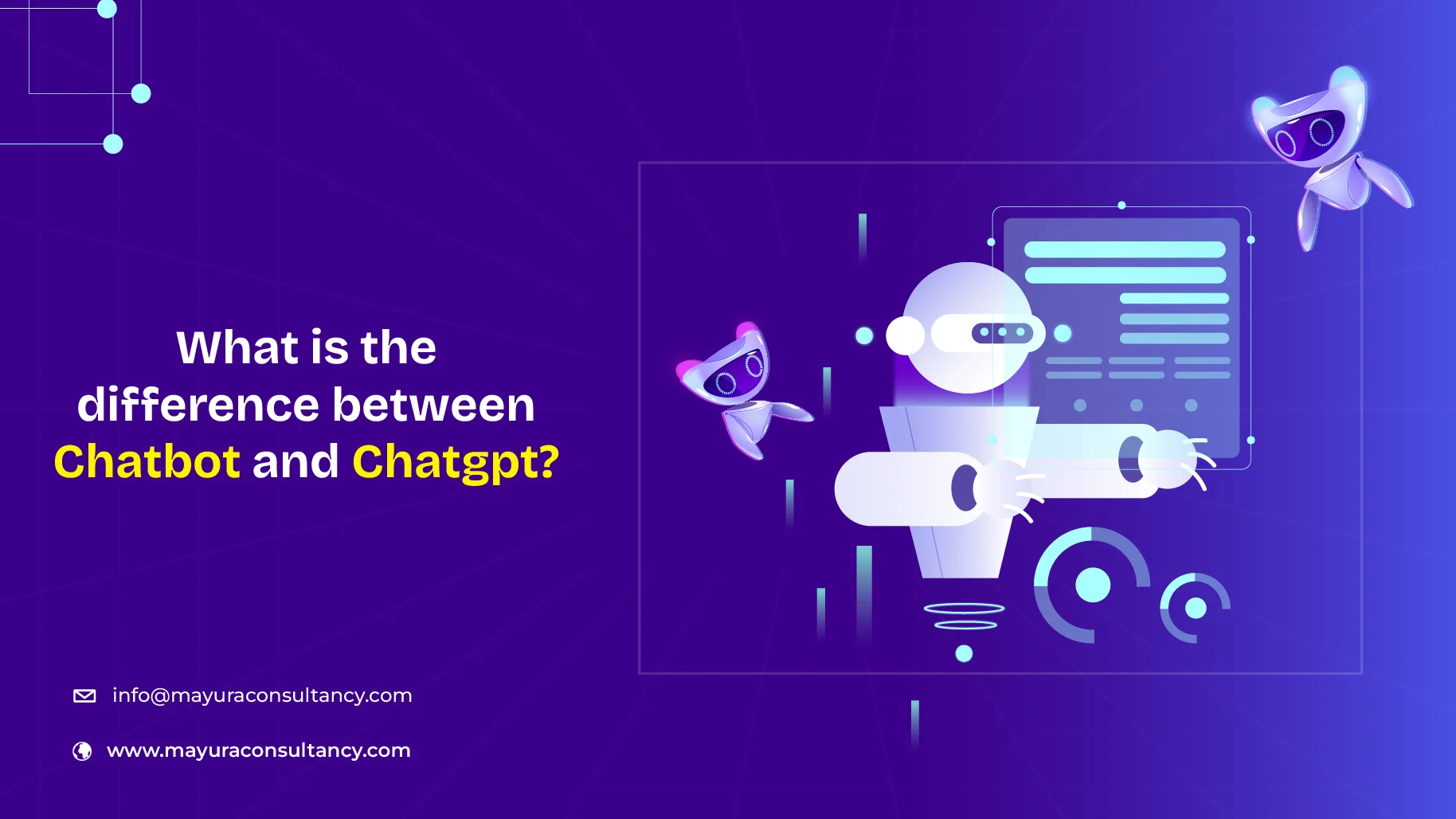The challenges and competition in businesses are growing with every passing year, making it essential for businesses to update their systems. The year 2026 is bringing a wave of innovation, with new technology trends emerging that can redefine how businesses operate.
From game-changing technologies like quantum computing to cloud-ready and microservices architecture, adopting these trends can enable businesses to build more impactful solutions.
Are you ready to explore the top software development trends that will shape the future of your business? Read on to discover the innovations that will drive success in 2026 and beyond!
This Article Contains:
Top Software Development Trends That Will Shape Businesses in 2026
Technology is evolving at a lightning speed, transforming software development. Here are the 11 top trends in software development driving innovation in 2026.

1. Artificial Intelligence and Machine Learning: Shaping the Future of Development
Do you know how Artificial Intelligence (AI) and Machine Learning (ML) are transforming software development?
Generative AI-powered tools can generate code snippets, helping developers write clean code and improve code quality and consistency. Leveraging AI tools, developers can quickly identify potential bugs and vulnerabilities within codebases and remove them.
Moreover, Integrating AI-powered tools in software can analyze vast amounts of data and identify patterns, helping companies make data-driven decisions. From personalized recommendations in ecommerce mobile application development to predictive maintenance in manufacturing, AI and ML implementation help businesses build intelligent software solutions.
Benefits:
By leveraging AI and ML, businesses can automate repetitive tasks, reduce time, and create personalized user experiences. Moreover, these technologies empower companies to make data-driven decisions and gain a competitive edge.
2. Cloud-Native Technologies: Powering Scalability and Flexibility
Do you need to scale operations during peak times or access the application from any location? If you want seamless scalability and accessibility, cloud-ready software development is the answer.
Cloud technologies have been among the top software development trends for some time. It allows you to build scalable, flexible, and resilient software solutions. Imagine you are looking for an on-demand software development company to build a food ordering app, and want to scale during festival time. Cloud-native development allows you to scale operations anytime without affecting software performance.
Benefits:
Cloud-ready technologies enable businesses to scale operations seamlessly, reduce infrastructure costs, and deliver top-class performance even during peak times. This ensures that your software is always ready to meet user demands.
3. Building for Scale: Microservices Architecture for Modern Software
Making changes or updating a large and complex software is a major challenge. If you want to develop an enterprise-grade application, how do you address these challenges? This is where microservices architecture comes into play. The adoption of microservices architecture is growing rapidly, making it one of the top software development trends in 2026.
According to The Business Report, the global microservices architecture market stood at USD 6.41 billion in 2024 and is expected to reach USD 13.12 billion by 2028, growing at a CAGR of 19.7%. This shows microservices architecture adoption is growing rapidly.
Microservices allow developers to break it into independent, modular components. Each module serves a specific purpose, making it easier to develop, update, or deploy. The different elements can also communicate seamlessly through APIs.
Benefits:
Adopting microservices architecture streamlines the process of adding new features and updating existing features, making your software more flexible. This results in less downtime and more efficiency.
4. Progressive Web Applications (PWAs): Emerged as Top Trends in Software Development
In today's digital business environment, users expect seamless, intuitive experiences across all devices. However, developing websites and applications for every platform involves significant investment. What do you do if you have a limited budget?
The answer is progressive web application development. With PWAs, you don't need to choose between a mobile application and a website. Do you know why?
Progressive Web Applications (PWAs) bridge the gap between traditional websites and mobile apps, enabling enterprises to deliver fast, reliable, and engaging user experiences across devices. PWAs eliminate the need for app store downloads, offering users an app-like experience through their browsers. They load in seconds and adapt seamlessly to any device.
Benefits:
Adopting PWAs reduces development costs significantly while expanding your reach across devices. They are lightweight and have offline capabilities that boost performance and enhance user experience.
5. Low-code and No-code Platforms: Democratizing Software Development
Are you aware that the adoption of low-code and no-code technologies will touch a new high in 2026? Low-code and no-code development are among the top software development trends. According to Gartner, organizations will leverage low-code/no-code technologies to build over 70% of new applications in 2026. But what exactly are low-code and no-code technologies and how will they benefit businesses?
These tools allow users to develop applications using intuitive drag-and-drop interfaces, enabling businesses to build software without relying on extensive technical expertise. Low-code platforms cater to developers looking to speed up production, while no-code platforms are designed for non-technical users, democratizing software development.
Benefits:
The benefits of low-code and no-code platforms include faster development, reduced costs, and improved collaboration. Companies can also reduce their reliance on IT teams by empowering non-technical stakeholders.
6. Blockchain Innovation: Moving Beyond Financial Applications
For a long time, blockchain technology has been associated with cryptocurrency but do you know its potential extends beyond the finance industry? Blockchain's decentralized, secure, and transparent nature can revolutionize healthcare, supply chains, and other industries.
By integrating blockchain, you can develop a system where every transaction is traceable and tamper-proof. For instance, businesses can use blockchain to verify product origins or securely store sensitive information like a patient's medical records.
Whether you want an efficient way to track inventory or verify identities, blockchain offers a wide range of applications that can bring innovation and improve efficiency.
Benefits:
Integrating blockchain enhances security, improves transparency, and streamlines operations, helping companies build trust and improve efficiency. This makes blockchain one of the latest trends in software development.
7. Secure by Design: Prioritizing Cybersecurity in Software Development
Why is every business prioritizing cybersecurity? The reason is very obvious, cyber threats are growing rapidly, impacting businesses in multiple ways. A Business Standard report indicates the global cost of cybercrime is estimated to reach USD 10.5 trillion by 2025.
Due to this, cybersecurity is no longer a choice but a critical element in software development. Secure by design is a software development approach that embeds security in every stage of development.
From implementing robust encryption to conducting regular vulnerability assessments, integrating top cybersecurity trends ensures the application’s integrity and safeguards user data.
Benefits:
Focusing on cybersecurity enables businesses to protect sensitive information and avoid costly data breaches. Moreover, secure software builds trust among users and allows companies to comply with data security regulations.
8. Global Talent, Global Reach: The Benefits of Outsourcing Software Development
According to ISG, 92% of G2000 companies outsource IT services, including software development. Do you know the reason? Partnering with an offshore software development company allows businesses to hire the best experts without geographical limitations.
Not only that, a Forbes report indicates that businesses can reduce software development costs by up to 70%. Outsourcing also allows you to access a global talent pool with diverse expertise much faster than hiring local talent. But, there are more benefits of outsourcing.
Benefits:
Outsourcing software development offers many benefits, including access to specialized skills, reduced costs, faster development, and flexible IT staff augmentation.
9. Accelerating Testing and QA: Automation for Faster, More Reliable Testing
Testing is a critical stage of software development, but manual testing can be time-consuming, labor-intensive, and prone to errors. But, with automated software testing, developers can review code much faster than manual testing.
Leveraging top software testing tools enables developers to automate their testing processes, reduce time and costs, and improve reliability. Automated testing means using modern software to review code, which is an integral part of the Agile development methodology. These tools follow best practices and coding standards to review code efficiently, freeing developers' time to focus on more complex tasks.
Benefits:
By leveraging automated testing tools, businesses can:
Increase overall production speed and efficiency.
Release software faster and more frequently.
Improve code quality and reduce errors.
Enhance collaboration and productivity among development teams.
10. Sustainable Software Development: Innovating with a Green Mindset
Sustainable software development is quickly gaining momentum, emerging among the top software development trends as businesses recognize the need to reduce their environmental footprint. But what is sustainable software development, and why are enterprises adopting it?
Sustainable software development is an approach that focuses on environmental responsibility, reducing energy consumption, e-waste, and carbon footprint.
By following sustainable software development, companies contribute to environmental responsibility and gain long-term benefits. For example, optimized code reduces resource usage, which can lead to faster applications and lower operational costs.
Benefits:
The benefits of sustainability go beyond financial savings and environmental impact. By embracing green technologies, your business becomes a part of the growing movement toward corporate social responsibility, improving your brand reputation.
11. Quantum Leap: Harnessing the Power of Quantum Computing for Software Innovation
Quantum computing is booming in the IT industry and gaining momentum among the top software development trends of 2026 as the technology offers enormous possibilities for solving complex problems. It provides unprecedented processing power that can transform businesses with faster and more efficient solutions.
But, what makes quantum computing so powerful?
It harnesses the principles of quantum mechanics to process vast amounts of data, identify patterns, and make predictions. From financial software modeling and drug discovery to supply chain optimization, this revolutionizing technology has a wide range of applications. As quantum technologies evolve, companies are exploring their potential to innovate their businesses.
Benefits:
The benefits of quantum computing include higher computational power, better decision-making, and more innovation, helping them unlock new opportunities and position themselves as industry leaders.
Closing Thoughts
As you accelerate the digital transformation of your business, adopting the top software development trends remains the key to thriving in competitive business environments. This helps you build future-ready solutions and stay ahead of the curve.
At Mayura Consultancy Services (MCS), we specialize in implementing these trends, helping our clients gain a strategic advantage. If you are ready to outpace the competition, connect with MCS today and discover how we can turn your vision into a cutting-edge software application.
Frequently Asked Questions
Adopting the top software development trends helps businesses build applications that improve efficiency, scalability, and user experience while reducing costs and development time.
Yes, MCS offers expert IT consulting services to help businesses integrate the latest software development trends. We analyze your requirements and see how these trends can add value to your software.
MCS has a proven track record of delivering cutting-edge software to businesses, helping them improve efficiency and user experience and make data-driven decisions. We combine innovative strategies and a client-focused approach to ensure the software delivers exceptional results.





